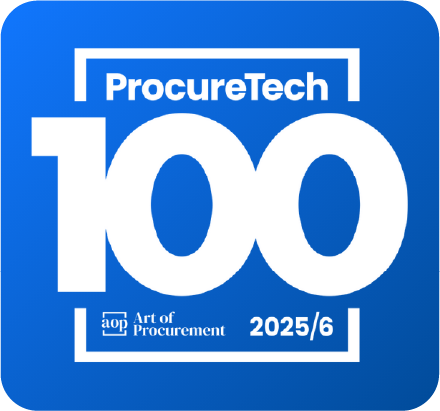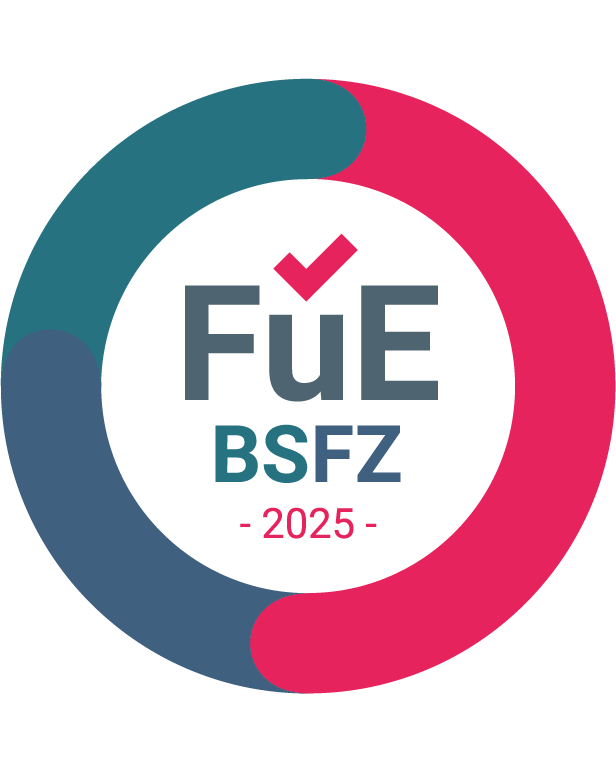Industry events like the Procurement & Logistics Symposium Bundesverband für Materialwirtschaft und Einkauf (BME) are more than just an opportunity for companies to showcase their brand. They offer a valuable platform to connect with industry professionals, exchange ideas, and discuss shared challenges. Based on our experiences, we’ve identified several key procurement pain points and summarized how our solution addresses them effectively.
1. Lack of a Unified Taxonomy Even in large procurement organizations, structured taxonomies can be missing. For some of our customers, this creates inefficiencies and confusion. To solve this, we collaborate with them to develop a tailored category architecture based on their specific product groups. The result? A clear hierarchical structure that serves as the foundation for permissions within the tool. Each user sees only the categories they are responsible for, ensuring a streamlined and intuitive navigation experience.
2. Challenges in Tracking Supplier Data Globally Tracking supplier data outside of Europe can be complex and fragmented. Our tool provides transparency by consolidating supplier data from multiple sources into a unified dashboard. This eliminates the need for extensive coordination with international counterparts and enables procurement teams to make high-level decisions with just a few clicks.
3. Overlooking Tail-End Suppliers Neglecting tail-end suppliers often means missed opportunities for cost savings. Our tool identifies these opportunities automatically and takes proactive steps—no need to manually compile reports or sift through data. By handling the groundwork, we free your team to focus on execution, ensuring better outcomes and efficiency.
4. Uncertainty About Future Markets Global events, like the outcome of the US elections , are just one of many uncertainties influencing supply chains in 2025. Our solution strengthens resilience by reducing dependencies on specific suppliers. It evaluates dual sourcing options early, empowering companies to adapt swiftly, switch suppliers when needed, and maintain agile and efficient supply chains.
5. Striving for the “Holy Grail” of Procurement Solutions There’s no one-size-fits-all answer to procurement challenges. While cost savings and risk management are central, evolving needs like managing CO2 emissions , aligning with ESG standards , and identifying new suppliers are becoming equally critical. Our goal is to adapt alongside these demands, acting as a single source of truth for procurement teams, streamlining processes, and supporting long-term strategic goals.
6. Budget Constraints Budget limitations are one of the most common barriers for procurement teams. However, the savings our tool generates—both financial and efficiency-related—quickly offset the initial investment. With an average ROI of 1:30 , our solution proves that smart investments can effectively pay for themselves.
By addressing these challenges, we empower organizations to transform procurement into a driver of value and innovation. Interested in learning more? Let’s talk about how we can help solve your specific procurement challenges.











